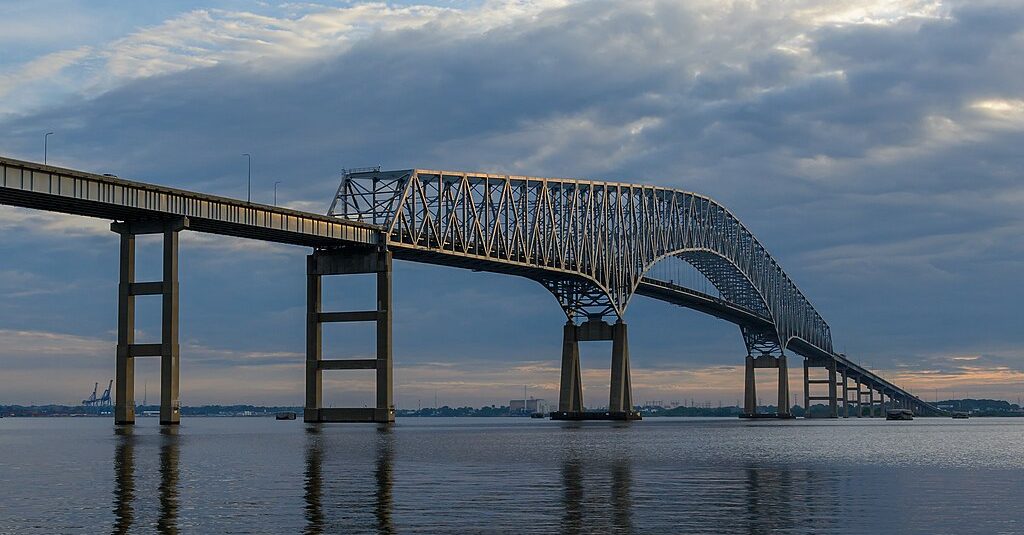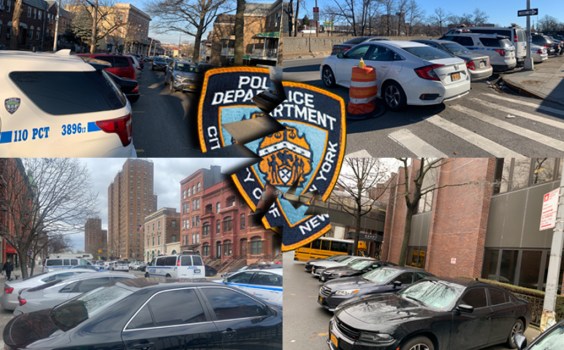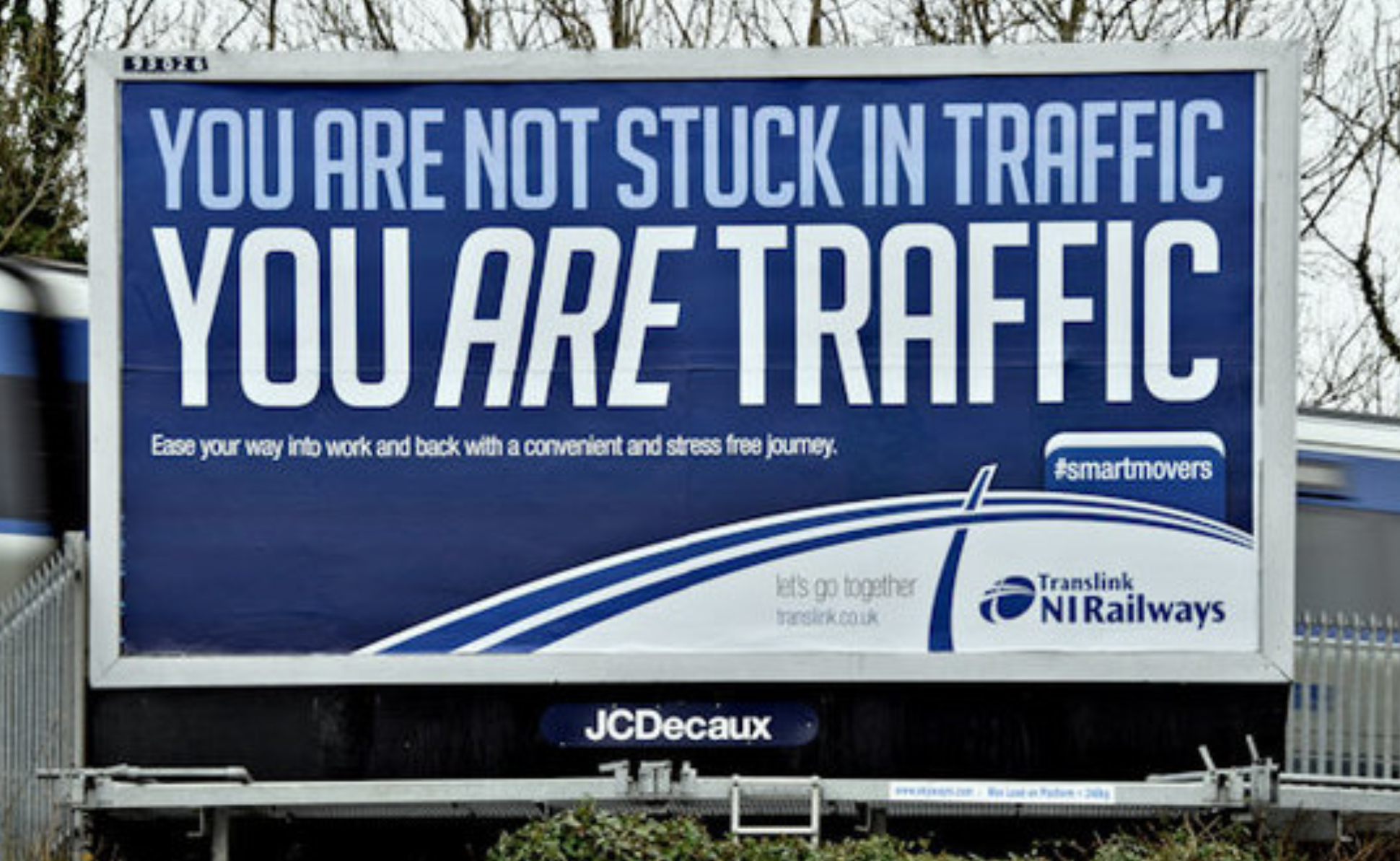What comes to mind when you think of your favorite park? A shady lagoon? A scenic path? Or is it a soccer field perfectly suited for an after-work pick-up game?
Whatever the appeal, chances are it’s not the availability of parking. In fact, according to Peter Harnik at City Parks Blog, many of the country’s most popular urban parks are characterized by a conspicuous lack of parking.

Is reining in parking the secret to a successful park? Brooklyn's Prospect Park welcomes six million visitors annually, despite having only 40 parking spaces. City Parks Blog
In some cases, parking should be removed to expand on the actual elements of parks that attract visitors. Harnik explains:
A 2007 study by the Center for City Park Excellence of 70 major city parks in the United States revealed that, collectively, they devote a total of 529 acres to the very technology that many people seek to escape when they head into their local patch of nature. That’s an area larger than Schenley Park in Pittsburgh, City Park in Denver, Lake Harriet Park in Minneapolis, or Franklin Park in Boston. In Chicago, where the city spent $475 million to create 24-acre Millennium Park, almost twice that much land – 46 acres – is given over to auto storage within nearby Lincoln Park.
The range is from almost zero spaces in Brooklyn’s Prospect Park to more than 6,000 in Chicago’s Lincoln Park, more than 7,000 in St. Louis’s Forest Park, and 10,000 in Flushing Meadow/Corona Park in New York.
Despite the popular assumption, auto storage doesn’t correlate directly with visitation. The nation’s most heavily used park, Central Park in New York, has only 130 parking spaces yet gets 25 million visits per year. Prospect Park in Brooklyn, New York, receives 6 million visits while providing only forty spaces for skaters at Wollman Rink–and that lot is open only periodically. On the other hand, in Houston, about 15 of Hermann Park’s 445 acres are devoted to 2,000 spaces for automobile storage. Interestingly, although it gets about 2.3 million visits per year, Hermann is less heavily used than Riverside Park in New York, which has almost no auto storage.
Harnik acknowledges that some parks are “held hostage by the automobile,” and says that, particularly in auto-centric cities, striking the right balance between providing parking and maintaining a quality park can be a challenge. One step in the right direction is to charge a fee, a strategy that will encourage park users to choose alternative modes and help maximize the parking space that is available. Mid-density Minneapolis has been a leader in this area. The city recently installed meters that charge $1.25 per hour at its parks. Now that money is returning to the park system to help keep them attractive — a real win-win.
Elsewhere on the Network today: Bike Portland reports that the nation’s bike-friendliest city is pursuing its own bike sharing system, with support from the local streetcar contingent. Broken Sidewalk compares the retail frontage provided by sprawl versus urban street patterns. And Write of Way offers advice on that nagging concern for new bike commuters: sweat.





